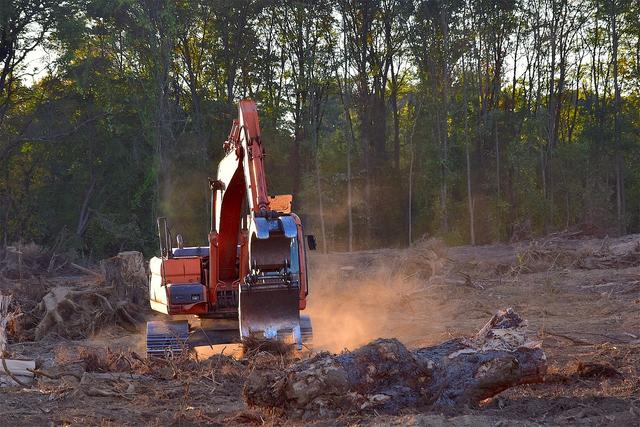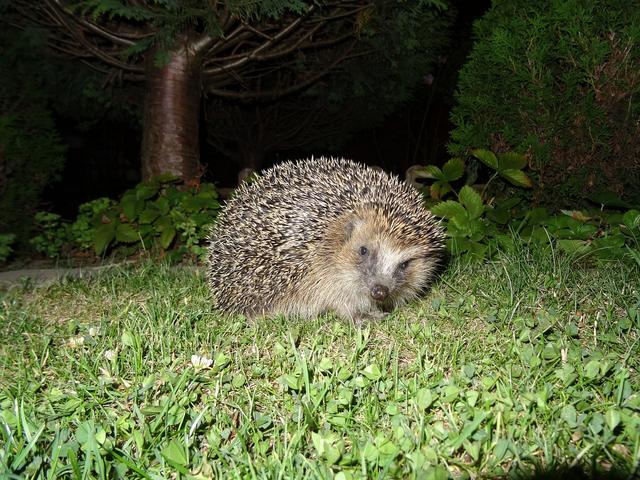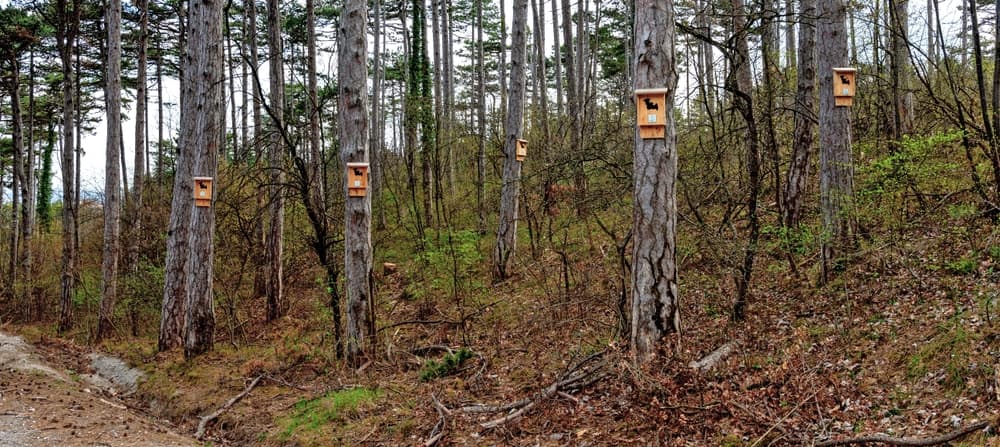- Year 4
Changing environments: nature reserves
I can describe how nature reserves can have a positive impact on the environment.
- Year 4
Changing environments: nature reserves
I can describe how nature reserves can have a positive impact on the environment.
These resources will be removed by end of Summer Term 2025.
Switch to our new teaching resources now - designed by teachers and leading subject experts, and tested in classrooms.
These resources were created for remote use during the pandemic and are not designed for classroom teaching.
Lesson details
Key learning points
- A positive impact happens when changes help the environment and the living things within it.
- Humans can take action to correct negative impacts, such as creating nature reserves among urban developments.
- Nature reserves are areas of natural land or water set aside for the protection of living things.
- Urban planners have designed new towns with areas of land and water set aside for the protection of living things.
- Nature reserves can help to restore areas that have been damaged by human activity.
Keywords
Positive impact - A positive impact is when people’s actions help other living things and their environment.
Protected - If something is protected it is kept safe from harm.
Urban - An urban area is an area where many people live and work close together, such as a city or town.
Nature reserve - A nature reserve is a protected area of land set aside to conserve wildlife, plants, and natural habitats.
Ecology - Ecology is the study of how living things interact with each other and their environment.
Common misconception
Children can lack awareness of the way in which living things within an environment depend upon each other. They may think that they are dependent on humans to supply them with their needs.
Through the lesson, children will see examples of how nature reserves and the animals and plants within it support each other.
To help you plan your year 4 science lesson on: Changing environments: nature reserves, download all teaching resources for free and adapt to suit your pupils' needs...
To help you plan your year 4 science lesson on: Changing environments: nature reserves, download all teaching resources for free and adapt to suit your pupils' needs.
The starter quiz will activate and check your pupils' prior knowledge, with versions available both with and without answers in PDF format.
We use learning cycles to break down learning into key concepts or ideas linked to the learning outcome. Each learning cycle features explanations with checks for understanding and practice tasks with feedback. All of this is found in our slide decks, ready for you to download and edit. The practice tasks are also available as printable worksheets and some lessons have additional materials with extra material you might need for teaching the lesson.
The assessment exit quiz will test your pupils' understanding of the key learning points.
Our video is a tool for planning, showing how other teachers might teach the lesson, offering helpful tips, modelled explanations and inspiration for your own delivery in the classroom. Plus, you can set it as homework or revision for pupils and keep their learning on track by sharing an online pupil version of this lesson.
Explore more key stage 2 science lessons from the Living things and the environment unit, dive into the full primary science curriculum, or learn more about lesson planning.

Equipment
None required.
Content guidance
- Risk assessment required - outdoor learning
Supervision
Adult supervision required
Licence
Prior knowledge starter quiz
6 Questions
Q1.Which of these things might you find naturally in an environment?

Q2.The place where a plant or animal lives is called its .

Q3.What could happen to an animal if humans damaged its habitat?

Q4.Which of these animals would be classed as wildlife?

Q5.Match the wildlife to a suitable environment where it would live.

grassland
woodland
sandy heathland
ocean
Q6.A impact happens when changes harm the environment and the living things within it.

Assessment exit quiz
6 Questions
Q1.A impact happens when changes help the environment and the living things within it.

Q2.Which of these would be considered to have a positive impact on the environment?

Q3.Humans can take action to correct negative impacts, such as creating nature amongst urban developments.

Q4.Urban planners have designed new towns with areas of land and water set aside for the protection of living things. Which of these might they have included in their plans?

Q5.Match these living things to what could be used in a nature reserve to help protect them.

boxes to roost in
ponds to feed and breed in
trees and hedges to find shelter and food in
meadows to grow in
Q6.What are some of the positive impacts of creating nature reserves?



